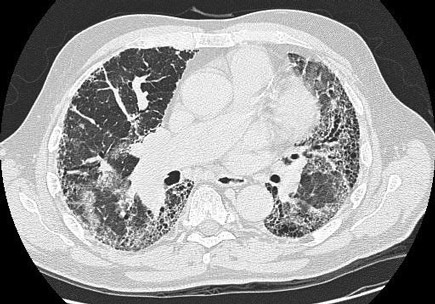Handling MACRA's advancing care information component
The new Quality Payment Program created by the Medicare Access and CHIP Reauthorization Act of 2015 (MACRA) does not have to be as scary as many have made it out to be. At least initially, most clinicians will be in the Merit-Based Payment System (MIPS), which builds on traditional fee-for-service payments and is based on a physician's performance in four reporting categories: quality, improvement activities, cost, and advancing care information (ACI).
The ACI reporting requirements are lower than the thresholds established for Meaningful Use Modified Stage 2 and Stage 3 of the EHR Incentive Programs to provide flexibility for clinicians as they transition to the MIPS program in the first year. For those clinicians who have been successful in meaningful use attestation, success under MIPS in year one will not be as difficult as many believe and in fact may be a little easier to achieve than in the meaningful use program.
Another opportunity for increased flexibility for the 2017 reporting period is the “Pick Your Pace” reporting option finalized by CMS. There are multiple options, but with ACI, eligible clinicians can simply report on the five required base measures and nothing else (three of the five measures will be awarded credit in the MIPS performance categories) in order to avoid any negative payment adjustment in 2019. Clinicians who choose to report additional measures for more than 90 days in 2017 have the opportunity to receive a small positive payment adjustment for Medicare payments in 2019.
The ACI final score is composed of three categories: base score, performance score, and bonus score.
The base score for ACI equals 50% of the overall ACI score and is a mandatory component in order to receive any points within the ACI performance category. Therefore, a MIPS-eligible clinician must report all five base score measures to earn the full base score and then can earn additional points through the performance score. The five base measures are:
1. Perform security risk analysis: As required by the Health Insurance Portability and Accountability Act (HIPAA), an eligible clinician must conduct or review a security risk analysis, including addressing the security and encryption of electronic protected health information created or maintained by certified EHR technology (CEHRT), implement security updates as necessary, and correctly identify security deficiencies as part of the risk management process.
2. Use e-prescribing: For at least one permissible prescription, the clinician must use CEHRT to query a drug formulary and transmit the prescription electronically.
3. Provide patient access: At least one patient seen during the performance period must be provided timely access to view online, download, and transmit his or her health information, subject to the clinician's discretion to withhold certain information as appropriate.
4. Send summary of care: For at least one transition of care or referral to another clinician or setting of care, the clinician must use CEHRT to create a summary of care record and electronically transmit that summary to the receiving clinician or setting.
5. Request/accept summary of care: For at least one patient transitioned or new patient referral received, the clinician must receive or retrieve and incorporate into the patient's record an electronic summary of care document.
To avoid a negative payment adjustment in the first year of the program, clinicians need only do the five base measures. However, to improve the ACI score, clinicians can perform additional measures to raise the performance score. There are nine performance score measures, three of which are required measures in the base score and will be awarded a score for performance. For the three repeated base measures, the difference is what gets reported.
For example, the “provide patient access” measure must be performed for a single patient to count in the base category. A numerator and denominator must be reported for the measure to count in the performance category. These nine measures add up to 90% of the maximum points possible in ACI. Therefore, reporting on all nine performance measures is not necessary to earn full credit in the ACI performance category. Examples of performance score measures are secure messaging, patient-specific education, immunization registry reporting, and patient-generated health data.
Physicians can earn five additional bonus points for submitting to one or more public health and clinical data registries and 10 bonus points for attesting to completing one or more improvement activities specified by CMS using CEHRT.
CMS has organizations to provide help to clinicians preparing for the Quality Payment Program, including the Transforming Clinical Practice Initiative (TCPI), the Quality Innovation Network (QIN)-Quality Improvement Organizations (QIOs), and the Innovation Center's Learning Systems for those participating in the Advanced Payment Models (APMs). The Quality Payment Program is online, and help is available at (866) 288-8292, Monday through Friday, 8:00 a.m. to 8:00 p.m., or by email. ACP resources are available online or by joining ACP's member forum on MACRA.




